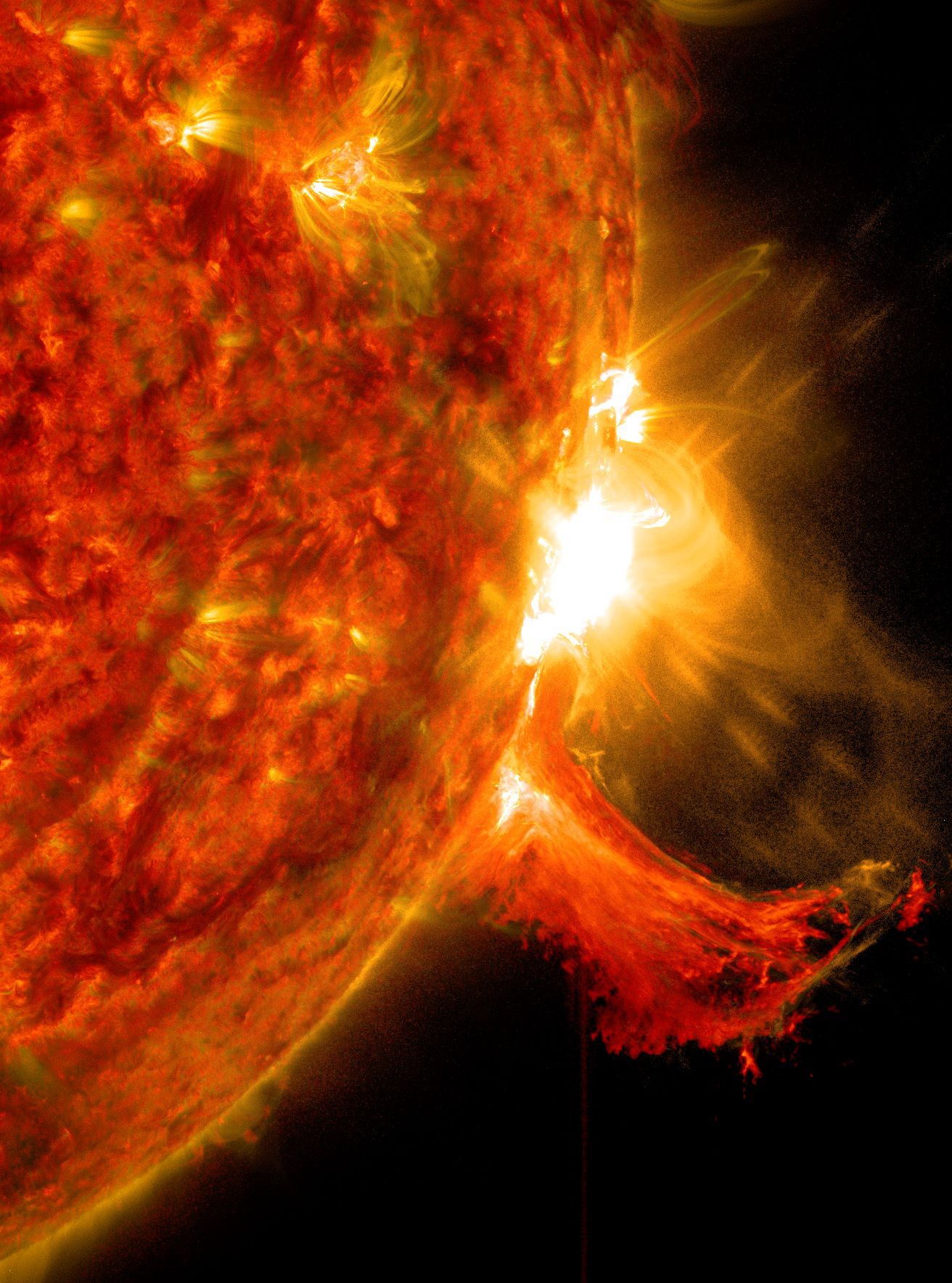
The sun, a powerful force of nature, may pose a hidden danger to our modern world. With its constant fluctuations and occasional bursts of energy, it can unleash powerful eruptions of heat and radiation, known as Coronal Mass Ejections (CME). These eruptions, accompanied by menacing sunspots, have the potential to wreak havoc on our delicate electronics, including the internet.
Professor Peter Becker from George Mason University has recently raised concerns about the impact of solar storms on our internet-dependent society. He explains that as we enter a more active solar phase, we face a unique convergence of increased solar activity and our reliance on the internet.
Solar storms occur when the sun releases superheated matter, creating a wave of energy that can disrupt our magnetic field. While we can predict when these storms are headed towards Earth, we only have a limited window of 18 to 24 hours to prepare before the particles from the storm can damage our electronics.
What’s even more alarming is that these solar disruptions can affect electronics that are normally considered safe. Even grounded computers can experience damage due to the flow of inductive currents into the Earth’s surface during a solar storm.
To illustrate the severity of the situation, Professor Becker draws parallels to the solar event of 1859, which disrupted telegraph wires and caused operators to receive electric shocks. In today’s interconnected world, a similar event could result in a system-wide meltdown that could take weeks or even months to repair, leading to an economic disruption of monumental proportions.
Despite the potential risks, Professor Becker proposes viable solutions to mitigate this threat. He emphasizes the importance of acting quickly in the event of a warning, suggesting measures such as putting satellites into safe mode and disconnecting transformers from the grid to prevent damage. Long-term efforts to fortify our digital infrastructure are also crucial to ensure its resilience against solar storms.
In a world that heavily relies on the internet for communication and commerce, Professor Becker’s warnings serve as a wake-up call. We must recognize the fragility of our digital infrastructure and prepare for the unexpected. By taking proactive steps to safeguard our digital lifeline, we can mitigate the impact of solar storms and ensure the continuity of our connected world.






